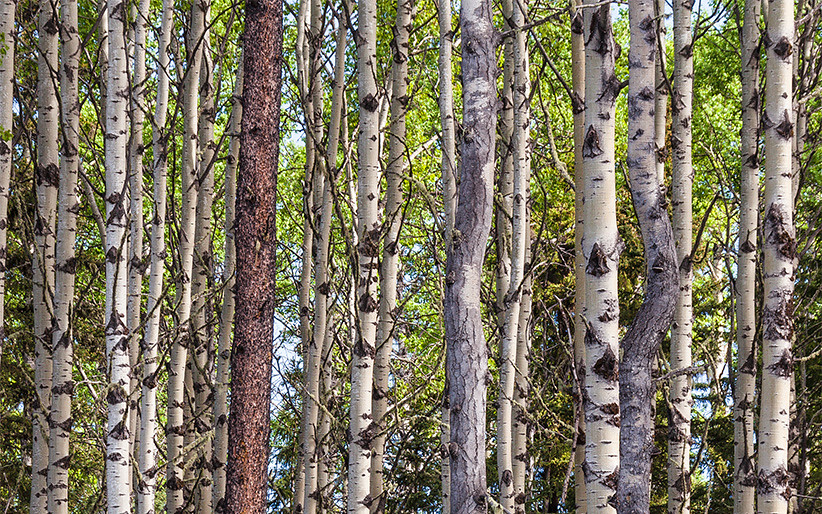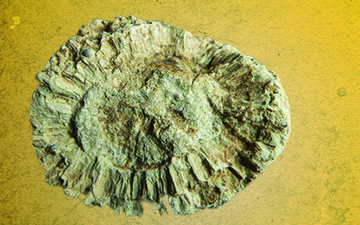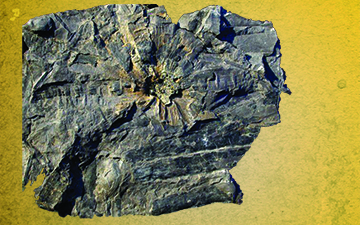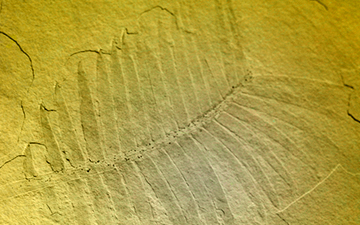Plantae

Trembling Aspen
Populus tremuloides


2 POINTS
Fact: New aspen trees grow from the roots of adjacent trees. This clonal nature makes aspen the heaviest and oldest living organism.

Brachyphyllum
Brachyphyllum


3 POINTS
Fact: These coniferous trees lived all over the globe during the Jurassic and Cretaceous periods.

Norfolk Island Pine
Araucaria mirabilis


2 POINTS
Fact: Araucarian conifers were dominant during the Jurassic period. They were found in tropical rain forests.

Williamsonia Gigas
Williamsonia gigas


2 POINTS
Fact: This is a seed plant that resembled cycads and belonged to the group, Bennettitales.It produced flowers up to 10 cm in length

Cycads
Cycads


2 POINTS
Fact: This type of plant is one of the first colonizers of terrestrial habitats, known to have lived in the Permian era over 200 million years ago.

Baobab Tree
Adansonia digitata



2 POINTS
Fact: During the voyage, the observation of this tree (which can grow to be 6000 years old), is thought to have made Darwin ponder the long timescales in the Earth’s geology.